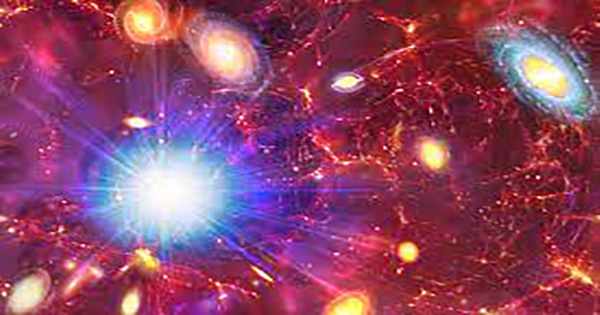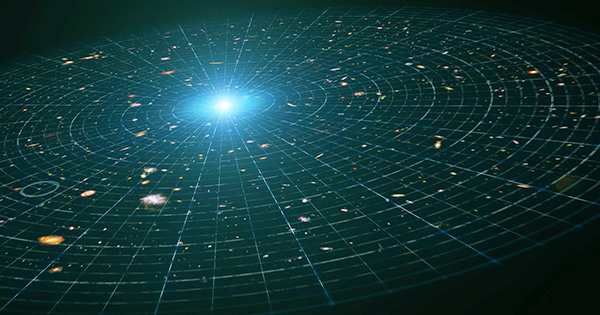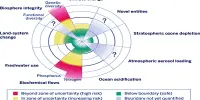Dark matter accounts for approximately 85% of all matter in the cosmos. Although regular matter absorbs, reflects, and emits light, dark matter cannot be observed directly, making its discovery challenging. Its presence is deduced from its gravitational effects on visible matter, which is responsible for the formation of stars, planets, and other celestial bodies.
Galaxies are composed of these two types of materials. Dark matter is spread in halos, which are massive structures that encircle galaxies, whereas conventional matter is concentrated in the center regions, where the majority of stars are found.
Traditionally, observational studies of galactic evolution have focused on the function of ordinary matter, even though it accounts for only a small fraction of a galaxy’s mass. For decades, theoretical predictions have been made concerning the effect of dark matter on galaxies’ evolution. However, despite several efforts, there is no clear agreement on this.
A team from the IAC has now confirmed, for the first time using observations, the effect of dark matter on galaxy evolution. The findings are reported in the journal Nature Astronomy.

Laura Scholz Díaz, a pre-doctoral researcher at the IAC and first author of the article, explains that while dark matter has an obvious effect on galaxies, the effect on galaxies’ evolution has been proposed but not yet studied through observation.
To investigate the effect of dark matter, scientists focused on the difference between the mass of stars in a galaxy and the mass that can be deduced from its rotation, known as total dynamical mass.
The study found that the ages, metal composition, morphology, angular momentum, and rate of creation of stars depend not only on their mass but also on their overall mass, which includes the dark matter component that fits the estimations of the halo mass.
“We have found that in galaxies with identical amounts of stars, their stellar populations behave differently depending on whether the halo contains more or less dark matter. In other words, the evolution of a galaxy from formation to the present day is influenced by the halo in which it is contained. According to Ignacio Martín Navarro, an IAC researcher and co-author of the work, the size of the galaxy’s halo affects its evolution over time and the attributes of the stars within it.
In the future, the team intends to monitor stellar populations at various distances from the galaxy’s center to determine whether the stars’ attributes are dependent on the dark matter halo at all radii. A subsequent step in the research will allow for the examination of the relationship between dark matter halos and the large-scale structure of the cosmos.
“These dark matter halos are not created alone they are connected by filaments which form part of the large scale structure, called the cosmic web,” Scholz said. “The mass of the halo appears to change the properties of its galaxy, but this could be due to the position each halo occupies within the cosmic web.” “In the coming years, we want to see how this large-scale structure affects the context we’re studying,” she says.
This study examines 260 galaxies from the CALIFA (Calar Alto Legacy Integral Field Area), an international effort led by Jesús Falcón Barroso, a co-author of the publication.
“This survey gives spectral information, and gives unprecedented spatial cover of galaxies,” he said. “These galaxies were observed in a high-resolution configuration, to obtain detailed measurements of their kinematic properties, which allowed us to study the motions of the stars very precisely, and so infer the total masses of the galaxies.”















